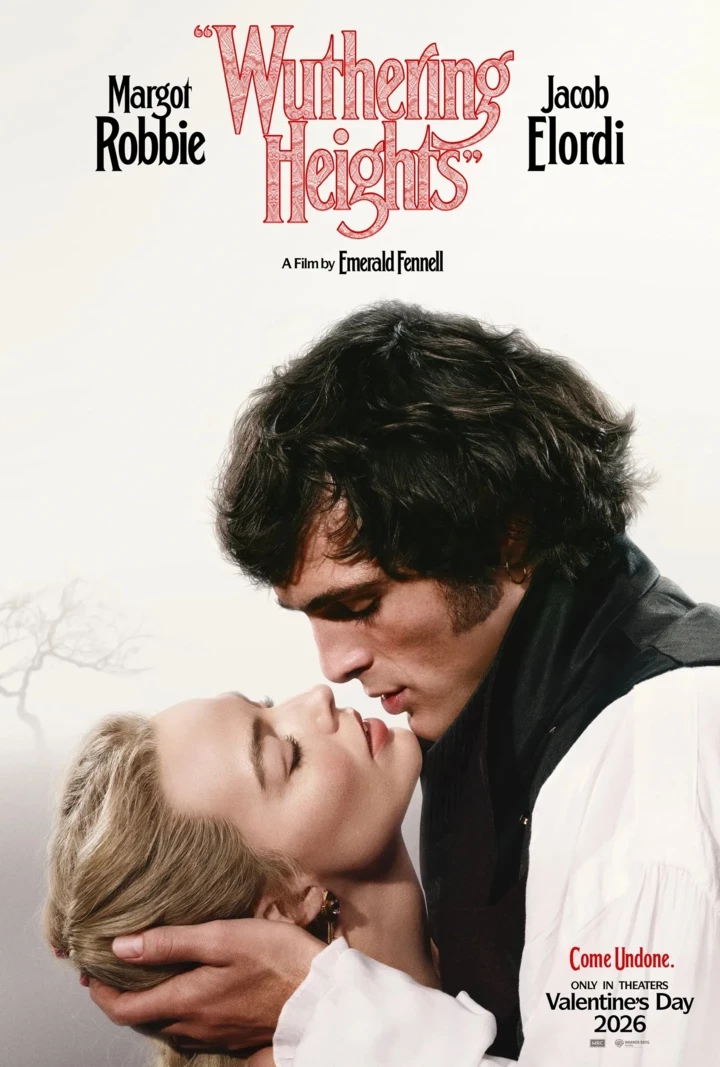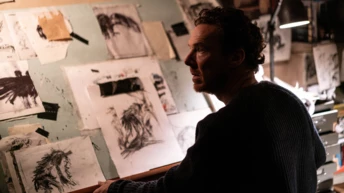
Save this storySave this storySave this storySave this storyYou’re reading the Goings On newsletter, a guide to what we’re watching, listening to, and doing this week. Sign up to receive it in your inbox.
Our theatrical spring continues to be a bright one, with a bounty of audacious, boundary-breaking work emerging Off Broadway in the coming weeks. At the Atlantic Theatre Company, Mona Pirnot’s tribute to the downtown theatre scene, “I’m Assuming You Know David Greenspan,” is at Atlantic Stage 2, through April 30, and Eliya Smith’s kid-bereavement drama, “Grief Camp,” will be on the mainstage, through May 11. These were two of the season’s most anticipated productions, whose runs earlier this season were cut short by a strike, so it’s a double relief—yay unions! yay shows!—to have them back.
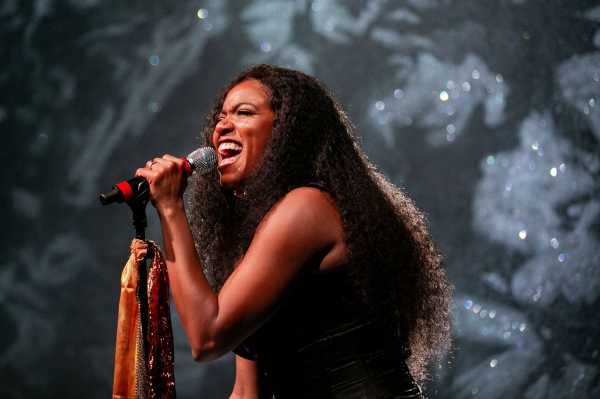
Whitney White in “Macbeth in Stride.”Photograph by Lauren Miller
New York has also stumbled into an unplanned micro-season of the experimental genius Caryl Churchill. A quartet of her short works, “Glass. Kill. What If If Only. Imp.,” comes to the Public (through May 11), with the divine Deirdre O’Connell in the cast, and the living-room–size Torn Page salon hosts a chamber evening of two other Churchill miniatures: a film inspired by “Escaped Alone” and a live performance of her radio play “Not Not Not Not Not Enough Oxygen” (through April 20). The truly adventurous might look for a piece by the next Churchill at the weeks-long ?!: New Works festival (“?!” is pronounced “interrobang”), at the Brick, in Williamsburg, where each night features a different lineup of mind-bending mischief.
And, while Whitney White is best known for her work as a director—she was nominated for a Tony last year, for “Jaja’s African Hair Braiding,” and just opened the musical “The Last Five Years” on Broadway—she is also an indie-soul musician starring in her own song cycle, “Macbeth in Stride,” directed by Tyler Dobrowsky and Taibi Magar, at BAM’s Harvey Theatre (April 15-27). White plays the front woman of a band who talks to the audience about Black female ambition, and, simultaneously, she’s Shakespeare’s Lady Macbeth, impatient for power and ready to dispense with the milk of human kindness. Usually, I’d say she was heading for tragedy, but it seems promising that this Lady M has all three witches singing backup.—Helen Shaw

About Town
Off Broadway
“The Swamp Dwellers,” written in 1958 by a twenty-four-year-old Wole Soyinka, is set in a village hut in the Niger Delta shrouded in mist (via Jason Ardizzone-West’s astonishing set design). Makuri (Leon Addison Brown) and Alu (a tempestuous Jenny Jules) await the return of their son Igwezu (Ato Blankson-Wood), who’s been in “the city” for several months. A knock finally comes, but it’s a blind vagrant from the Islamic north (Joshua Echebiri, transfixingly strange); then a pompous local priest (Chiké Okonkwo) rolls up. The play becomes a delta itself, where tributary identities—Muslim, Yoruba, traditional, modern—mingle and, when the priest’s hypocrisy is exposed, surge toward confrontation. Directed with unhurried assurance by Awoye Timpo.—Dan Stahl (Polonsky Shakespeare Center; through April 20.)
Folk
Ani DiFranco is a folk musician who refuses to go quietly. The genre often lends itself to hushed, inward-looking tranquillity, but DiFranco chooses to aim her piercing gaze outward at our patriarchal society. That pointed perspective, honed since the late nineties, has grown in tandem with an edgy songcraft that has shifted to include jazz and indie rock. Her songs are more proactive than cynical, open to collective action’s transformative power to shake the table. The album she released in May, “Unprecedented Sh!t,” is among her most biting and dynamic, making full use of her gloriously snarky voice. “How the hell can anyone listen when you forget to speak?” she sings, a reminder to never let tyrants have the last word.—Sheldon Pearce (Brooklyn Steel; April 18.)
For more: read Matt Dellinger on when DiFranco toured with Greg Brown, twenty-five years ago.
Ballet
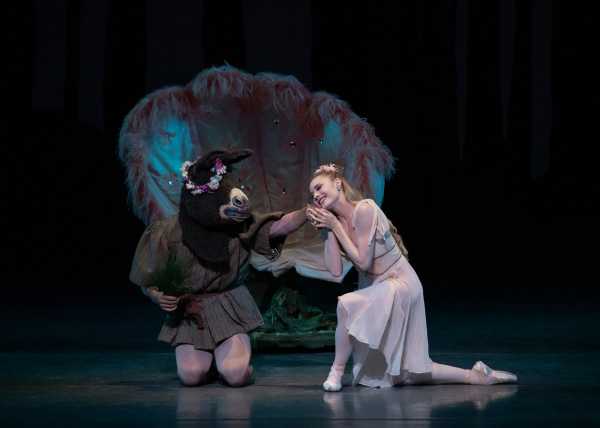
Preston Chamblee and Sara Mearns in “A Midsummer Night’s Dream.”Photograph by Erin Baiano
After a somewhat sleepy winter run, New York City Ballet packs a lot into its six-week spring season. The company offers a full evening of ballets set to the highly perfumed music of Ravel, including a rarity: Jerome Robbins’s “In G Major,” a summer-themed romp costumed in Erté bathing suits. “Belles Lettres,” an early ballet by the phenom Justin Peck, reveals Peck’s ability to tease out the textures and layers in classical music—in this case, César Franck’s Piano Sextet. Alexei Ratmansky’s “Solitude,” a searing meditation on war, death, and the surreality of loss, returns. The season closes with a week of performances of George Balanchine’s “Midsummer Night’s Dream,” a tale of quarrelsome fairies and foolish humans who cross paths in the forest.—Marina Harss (David H. Koch Theatre, April 22-June 1.)
For more: read Jennifer Homans on how Justin Peck found his feet.
Broadway
Jason Robert Brown débuted “The Last Five Years,” his two-character musical autopsy of a marriage, in 2001, when Nick Jonas was a child actor. Now Jonas returns to the stage, a conquering pop heartthrob, in the show’s first Broadway outing, directed by Whitney White. The story of Jamie (Jonas), a successful writer, and Cathy (Adrienne Warren), an unsuccessful actress, unfurls in crisscrossing time lines: his goes from the relationship’s blooming beginnings to its bitter end; hers starts in the wreckage and winds backward. (They meet in the middle, on their wedding day.) The chronology-bending structure gives the show a bittersweet poignancy, with each moment tainted by its inverse. Warren overpowers Jonas vocally, but Jonas—who wears glasses to indicate that he’s an Upper West Side nebbish—does fine when he’s not dropping Yiddishisms. Oy!—Michael Schulman (Hudson; through June 22.)
Movies

Takeshi Kitano, Tadanobu Asano, and Nao Omori in “Broken Rage.”Photograph © Amazon MGM Studios / Courtesy Everett
The veteran actor and director Takeshi Kitano’s startlingly inventive new feature, “Broken Rage,” is a conceptual gem realized with effervescent flair. In its brisk sixty-six minutes, Kitano unfolds a tale, in which he also stars, of an elderly hit man called Mr. Mouse—rather, he tells the same story twice, first as drama, then as farce. The tight-lipped, sharp-eyed Mr. Mouse receives his instructions at a local café and proceeds slowly and methodically, in a series of coolly controlled rituals. But when he slips up, the police take advantage and force him to infiltrate a drug ring. The comedic version, reducing his meticulous plans to antic ruins, turns the choreographed grimness into exquisite physical comedy and summons bitter irony regarding the hard-won wisdom of experience and the pathos of old age.—Richard Brody (Streaming on Amazon Prime Video.)
Classical
Rudersdal, Denmark, situated beside Copenhagen and along the open coast, exists in a perpetual tug-of-war between the rustic and the modern. The classical ensemble that bears the town’s name, the Rudersdal Chamber Players, boasts a similar coalescence of time and character, with repertoire spanning olden mononyms like Mozart to lesser-known, forwarding-looking contemporary composers. As part of Symphony Space’s Cutting Edge Concerts New Music Festival, the ensemble presents Victoria Bond’s “Other Selves” piano trio, as well as three premières: the U.S. première of Elena Firsova’s “Four Seasons”; the world première of Andrew Waggoner’s “Matter, Circle, Heart”; and the East Coast première of Poul Ruders’s Piano Quartet.—Jane Bua (Symphony Space; April 16.)

Pick Three
Jennifer Wilson on a new crop of murder mysteries.
1. The year is 1557. The setting: the Basilica di San Lorenzo, in Florence. The victim: the painter Jacopo da Pontormo, found stabbed in the heart with a chisel. Sold. In “Perspective(s),” the French writer Laurent Binet appoints the medieval art critic Giorgio Vasari as the detective on the case. Michelangelo suspects suicide, since “what could be more agonizing than painting a fresco?” This gossipy, epistolary novel is as full of epic characters as the Sistine Chapel ceiling: naughty Médicis, wine-drunk nuns, proto-Marxist painter’s assistants. This was sinfully fun to read.
2. The Argentinean novelist Antonio di Benedetto is famous for not being famous. His star did not rise during the Latin American Boom of the sixties and seventies, alongside Mario Vargas Llosa and Gabriel García Márquez. That is changing with new English translations of his novels. In the slim, Kafkaesque tale “The Suicides,” a journalist balancing his own self-destructive tendencies—womanizing, reading Nietzsche—covers a mysterious string of suicides.
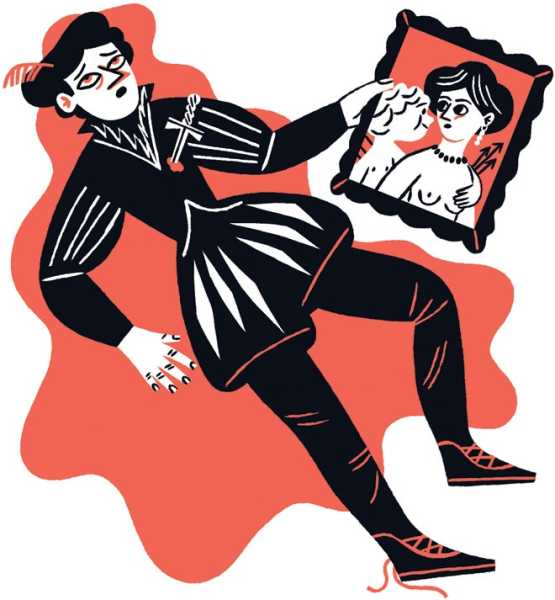
Illustration by Gosia Herba
3. Everywhere you turn, men are on podcasts complaining that they feel castrated by the women in their lives. In “Death Takes Me,” they actually are. The Mexican writer Cristina Rivera Garza’s latest exploration of gendered violence features a creative-writing professor who stumbles across the body of a man whose penis has been mutilated. On a nearby brick wall, scrawled in nail polish, are lines from a poem: “Beware of me, my love.” A page-turner for the ages, but especially ours.
P.S. Good stuff on the internet:
-
Is heterosexuality a construct?
-
The coyote next door
-
Servers’ skincare routines
Sourse: newyorker.com



